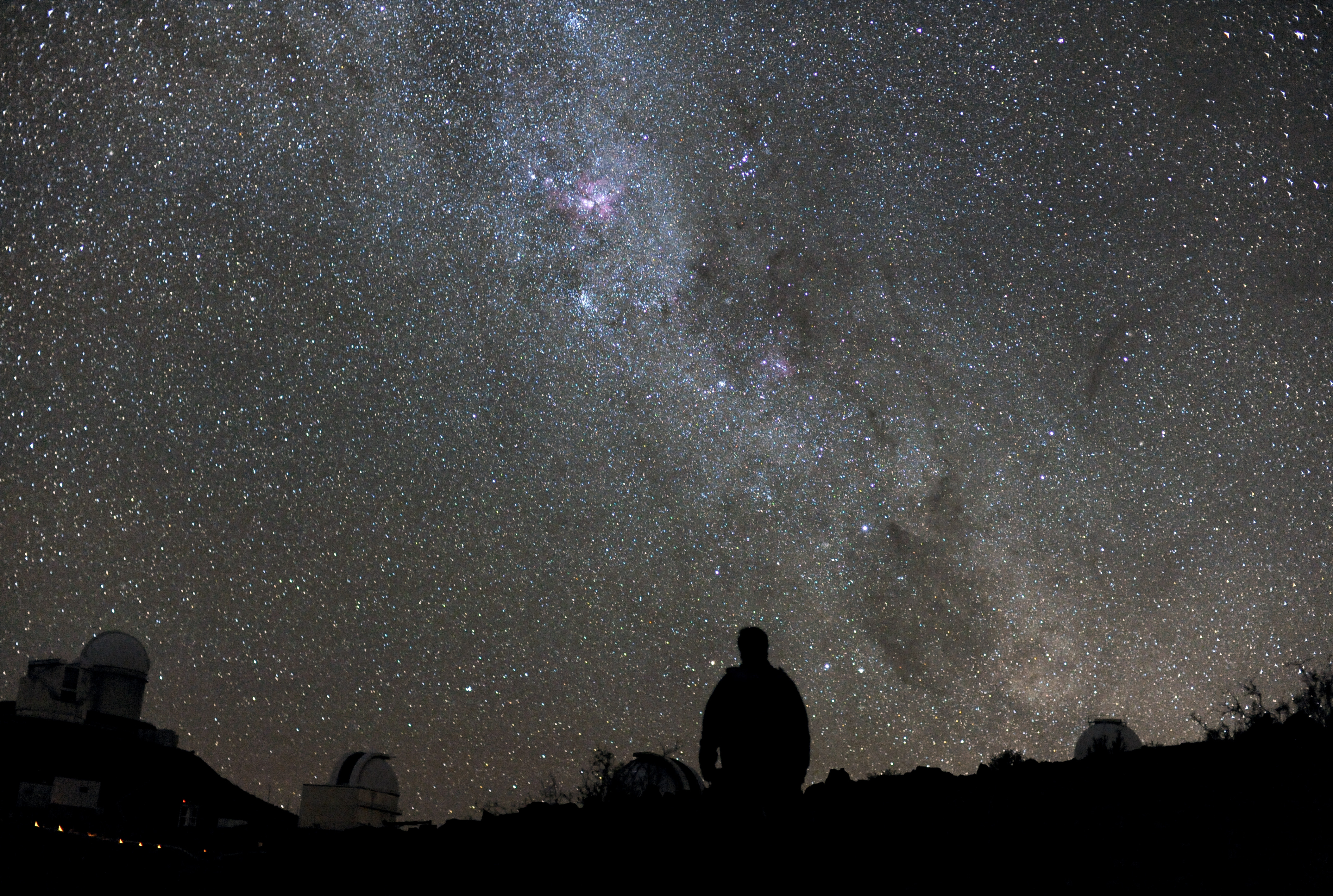May 13th is a Friday and Friday the 13th is considered unlucky! The fear of Friday the 13th is known as friggatriskaidekaphobia.
Have you ever wondered how those are possible in a year? It is simple math..
Here is a table to show how the 13th of every month is distributed based on which day the year starts.
If a year starts on Day 1, the distribution of the 13th would be as above. There is a 13th in every column.. what does this mean? If the year starts with a Friday (i.e. Day 1 is a Friday), there will be only 1 Friday the 13th that year. There can't be a year without at least one "Friday the 13th".
The maximum number of "Friday the 13th" would occur on Day 2 which means that Day 1 should be a Thursday i.e. the year should be a Thursday.
For a leap year, the distribution would be slightly different and as follows
In a leap year, the maximum number of "Friday the 13th" would occur on Day 6 which means that a leap year starting on Sunday would have 3 of them.
An interesting article is available on EarthSky.org
Have you ever wondered how those are possible in a year? It is simple math..
Here is a table to show how the 13th of every month is distributed based on which day the year starts.
 |
| 13th of every month - the year starts on Day 1 |
The maximum number of "Friday the 13th" would occur on Day 2 which means that Day 1 should be a Thursday i.e. the year should be a Thursday.
For a leap year, the distribution would be slightly different and as follows
 |
| 13th of every month in a leap year - the year starts on Day 1 |
An interesting article is available on EarthSky.org

